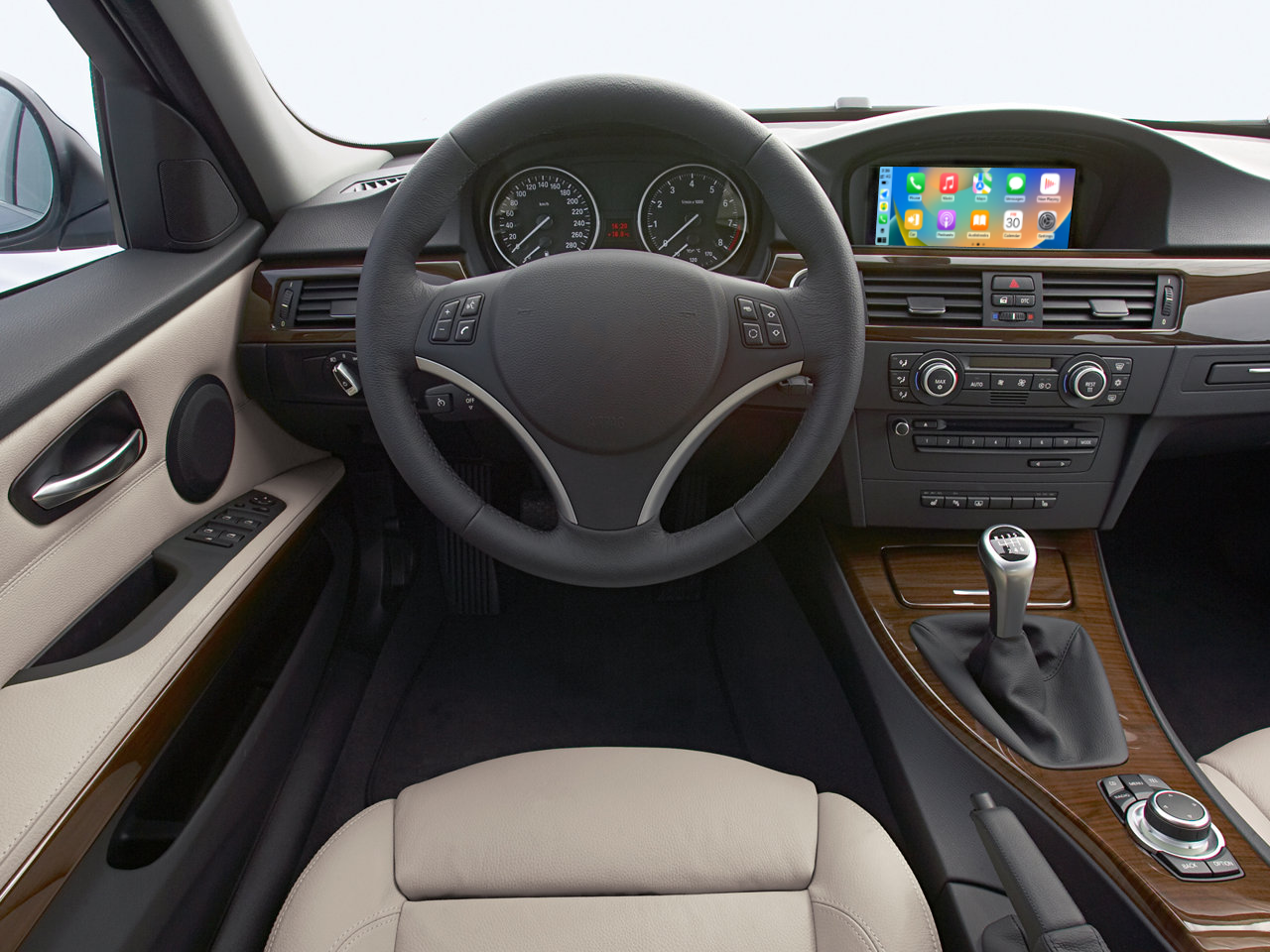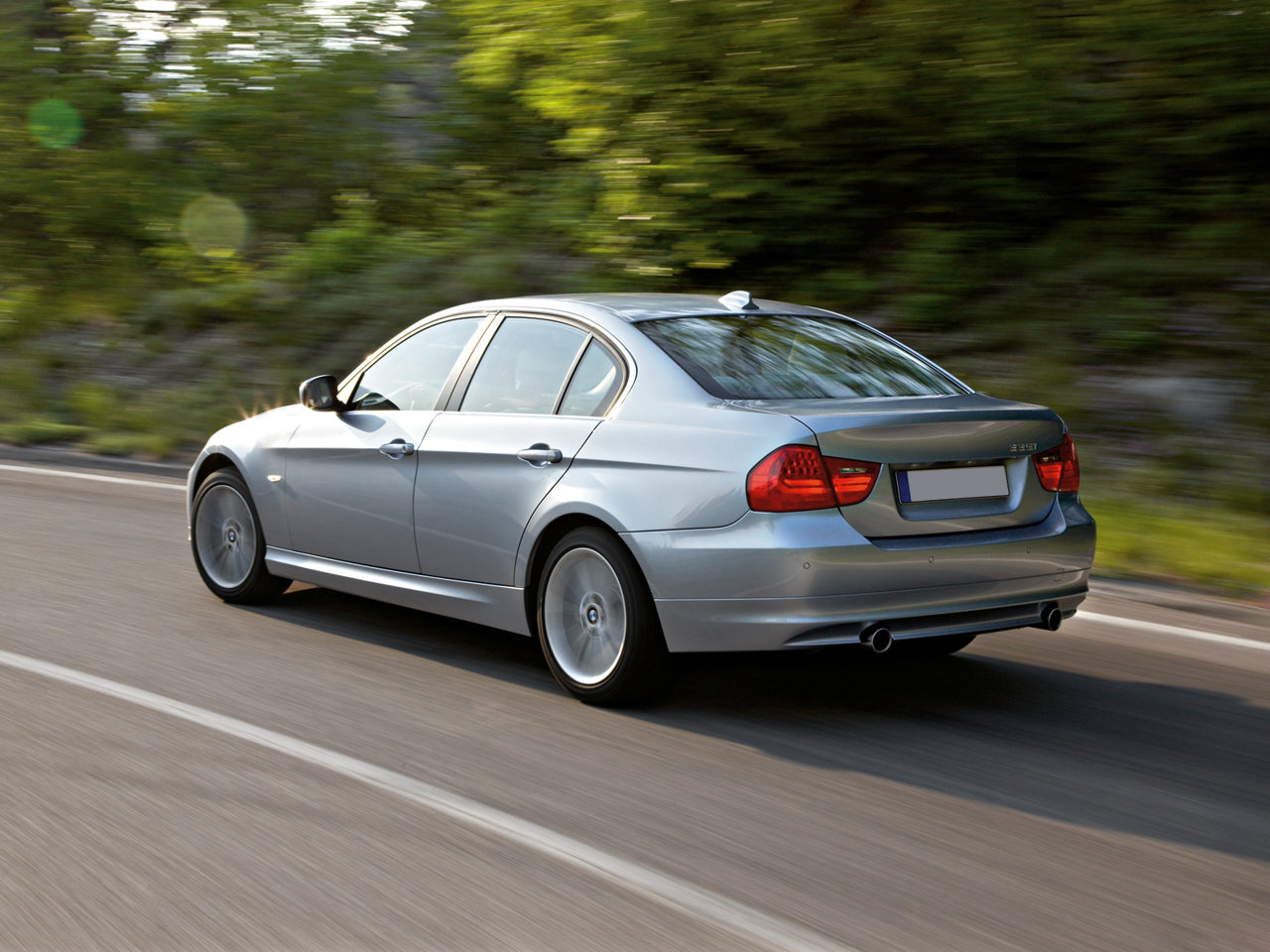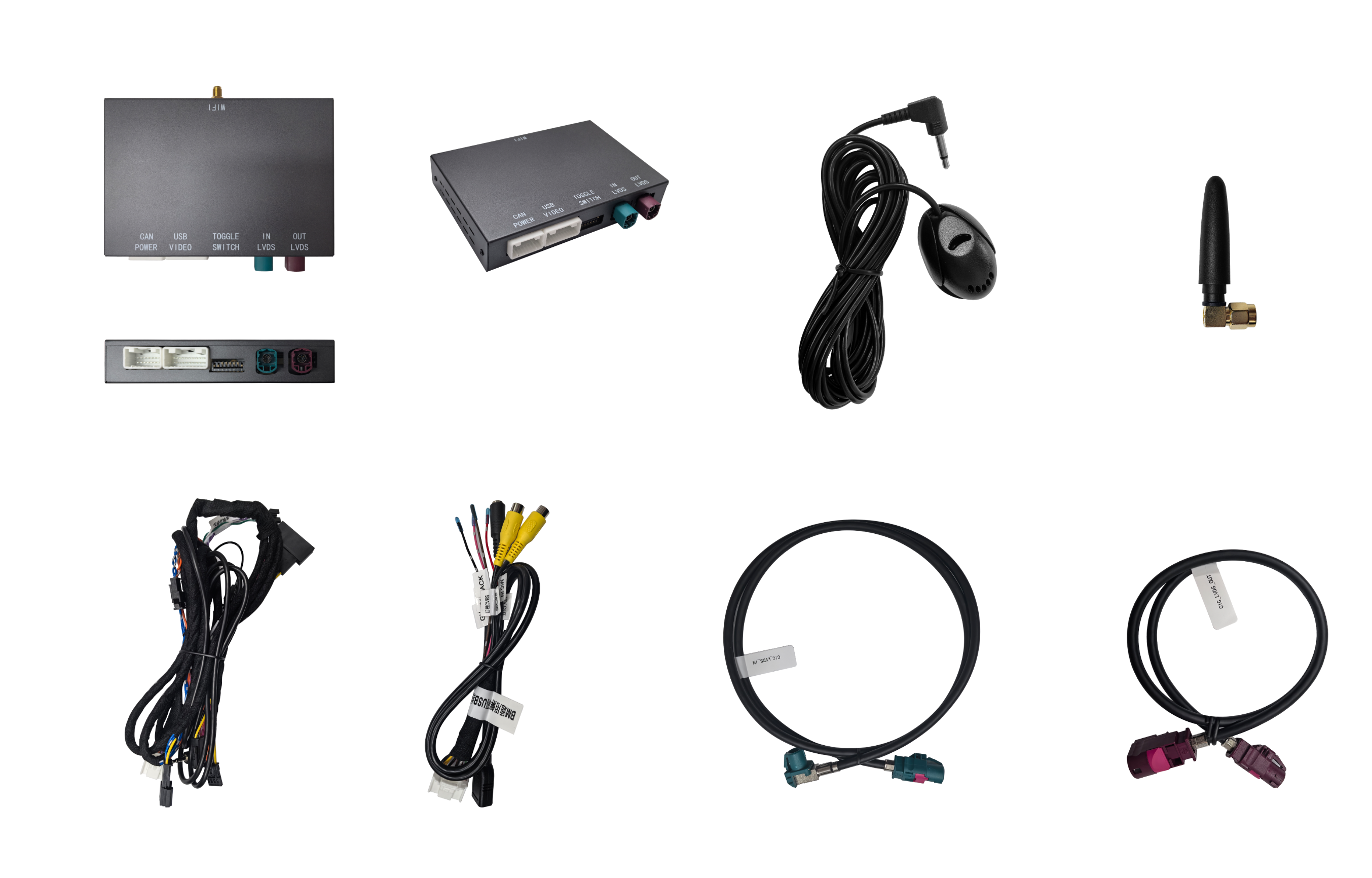Quick Fixes for BMW CIC Wireless Apple Carplay Installation Errors

Is your BMW CIC Wireless Apple Carplay Installation not working right? Don’t worry, many people have the same problem. Issues like no sound, wireless not connecting, or backup camera problems are common. These often happen because of setup mistakes. For example, errors like KCAN line issues (00E2C4) or random driving problems can mess up how parts talk to each other. Setting up your BMW CIC Wireless Apple Carplay Installation correctly makes it work better and avoids these troubles.
Key Takeaways
Use your BMW's VIN to check if it works with Apple CarPlay. This helps avoid problems later.
Make sure all cables, like LVDS and AUX-IN, are tight. Loose cables can cause sound or video issues.
Keep the Wi-Fi antenna away from metal for better signal. Good placement makes CarPlay work better.
Quick Checklist for Common Setup Errors

Check compatibility with your car's VIN.
Before starting, confirm your BMW works with Apple CarPlay. Use your car's VIN (Vehicle Identification Number) in a checker tool. This tells you if extra parts, like a Wi-Fi antenna, are needed. Older BMWs often need these parts. For cars made after 2016, a VIN check shows if CarPlay is ready to activate. Skipping this step could cause problems later.
Make sure all cables and connections are secure.
Loose or wrong connections often cause setup problems. First, check the LVDS cable, which shows video on the screen. If it’s loose, the screen won’t work. Next, ensure the AUX-IN cable is plugged in for sound. Lastly, check the CAN connector. Some BMWs need switching between low and high CAN connectors. Double-checking these saves time fixing issues later.
Turn on and set up Wi-Fi and Bluetooth.
CarPlay needs both Bluetooth and Wi-Fi to work well. Pair your iPhone with CarPlay using Bluetooth first. Then, it switches to Wi-Fi for faster use. If it doesn’t work, delete old Bluetooth links and reconnect. Also, make sure your phone’s Wi-Fi is on and working. A strong connection makes CarPlay run smoothly.
Place the Wi-Fi antenna correctly.
Where you put the Wi-Fi antenna matters for a good connection. Bad placement can cause disconnections or delays. Signal strength changes based on where the antenna is. Keep it away from metal parts to avoid interference. A good spot helps your BMW CIC CarPlay work its best.
Troubleshooting Specific Issues
Fixing sound problems:
No sound from CarPlay? Don’t worry, it’s fixable. First, check the AUX-IN cable. This cable sends sound to your car. If it’s loose, you won’t hear anything. Make sure it’s plugged in tightly. Next, check your iPhone’s volume and car audio settings. Ensure neither is muted or set wrong. A quick reset can also help. Hold the volume button for 15-30 seconds to restart the system. This often fixes small sound glitches.
Resolving wireless connection failures:
Wireless issues can be annoying but are easy to fix. If CarPlay keeps disconnecting, check your phone’s Wi-Fi and Bluetooth. Remove old pairings and reconnect your phone. The Wi-Fi antenna’s position is important too. Place it away from metal to avoid weak signals. Heavy internet use, like streaming, can also cause problems. Stop these activities while using CarPlay for a smoother connection.
Setting up the reverse camera:
Reverse camera setup doesn’t have to be hard. First, check all cables, like LVDS and CAN connectors. Loose wires can cause errors like 00E2C4 (K-CAN Line fault). Double-check connections if this happens. Adjusting KCAN line settings can also help. Poor installation can affect the system, so take your time. Once done, test the camera by shifting into reverse.
Step-by-Step Installation Guide

Easy setup with the Quad lock connector.
The Quad lock connector makes setup simple. It links your car's head unit to the new module without tricky wiring. First, unplug the old Quad lock from the head unit. Next, connect it to the new module. This step helps everything work together smoothly. Some people change the Quad lock to send audio through a 3.5mm AUX input for better sound. Once connected, the system detects the new setup, making it easy to install.
Moving the optical cable to the new harness.
The optical cable is important for your car’s system. Gently take it out of the old harness and put it into the new one. This keeps features like sound and navigation working properly. Be careful not to damage the cable.
Hooking up the LVDS cable for video.
The LVDS cable connects the module to your car’s screen. Plug it into the right port on the new harness. A tight connection makes sure the video works well. If the screen doesn’t show anything, check the cable again.
Setting the toggle switch for screen size and microphone.
Find the toggle switch on the module. Adjust it to match your car’s screen size and microphone type. For example, if your car has a built-in microphone, set the switch for that. This step helps everything work correctly.
Adding an external microphone (if needed).
If your car doesn’t have a built-in microphone, add an external one. Place it near the driver’s seat for clear sound. Many people say this setup gives great audio quality. Follow the instructions to attach and connect the microphone to the module.
Plugging in the USB slot for iPhone use.
The USB slot helps connect your iPhone. Plug it into the right port on the module. This lets you use wireless CarPlay easily. It also allows smooth control through the iDrive system, making apps simple to use.
Fixing problems like no sound, wireless issues, or camera setup is simple. For sound, check the AUX settings in the car system. If needed, connect an AUX cable to the armrest box. Wireless troubles? Reconnect CarPlay’s Bluetooth and move the Wi-Fi antenna away from metal parts. The reverse camera works well when cables are tight and settings are correct.
The module’s easy plug-and-play design makes installation simple. It connects smoothly with your BMW’s iDrive system. Still having trouble? Check the user manual or ask support for help. Your BMW CIC wireless Apple CarPlay should work perfectly!
FAQ
Why is my CarPlay screen blank after installation?
If your screen is blank, the LVDS cable might be loose. Check it carefully and make sure it’s plugged into the right port tightly.
Can I use CarPlay without Wi-Fi?
No, wireless CarPlay needs Wi-Fi to work properly. If Wi-Fi isn’t an option, you can use a USB cable for a wired connection instead.
What should I do if the reverse camera doesn’t activate?
Look at the CAN and LVDS cables to see if they’re loose.
Make sure the KCAN line settings are set up correctly.
Try shifting into reverse to test it.
🛠️ Tip: Always test the reverse camera after setting it up to avoid problems later!

